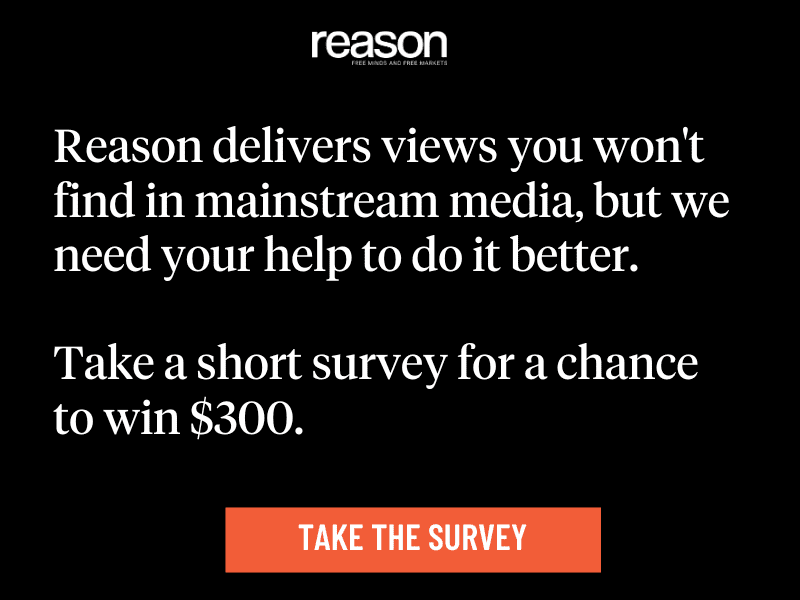The Volokh Conspiracy
Mostly law professors | Sometimes contrarian | Often libertarian | Always independent
"Exclusivity and Personal Rights in Bounty Litigation"
Prof. Howard Wasserman (Florida International University) had this post Monday at Prawfsblawg, as a follow-up on the SB8 debates, and kindly agreed to let me post it:
Those insisting that SB8 is unprecedented and those warning of every new law "modeled" on SB8 ignore that we have been leaving in a similar world for some time. Two Ninth Circuit cases show the prevalence of such laws and the broader implications of the surrounding procedural arguments.
California law requires businesses to post signs when their produces contain certain carcinogens. "Any person in the public interest" may bring suit against a business that fails to post signs; the penalty is $ 2500 per violation per day, with "any person" keeping 25% plus attorney's fees. Like California's former false-advertising laws, private enforcement is not exclusive and the AG and other public officials can initiate enforcement actions.
In B&G Foods, the target of a state enforcement action brought a § 1983 action against the "any person" state plaintiff (a serial enforcer). The court assumed the "any person" was a state actor, then held the lawsuit barred by Noerr-Pennington, under which a person cannot be liable under federal law (including a § 1983 constitutional action) for the petition activity of seeking relief in state court. In California Chamber of Commerce, the court declared the state law constitutionally invalid as violating business' First Amendment rights against compelled expression; it enjoined the AG and an intervenor environmental organization from future enforcement.
The federal plaintiff in B&G did what Rocky [Prof. Rocky Rhodes (South Texas) -EV] and I proposed [in this article, I think -EV]—sued the "any person" state plaintiff as a state actor to enjoin that enforcement action and to establish precedent about the constitutional validity of state law. I think the court was correct in rejecting the claim, although for the wrong reason.
I would say the state plaintiffs did not act under color because their enforcement authority is not exclusive and they do not keep the entire public-serving penalty. If these plaintiffs act under color, then every private A/G and qui tam plaintiff acts under color; it should not be that broad.
At the same time, although seemingly consistent with Ninth Circuit precedent, this expands Noerr-Pennington by giving state and local governments petition rights. It thus protects private persons who act on behalf of the government, as opposed to petitioning on behalf of their personal/private interests, which was the original basis for NP. We may have to explore that more in-depth.
Chamber did not address whether the advocacy group acts under color, which should have been necessary to enjoining them from future enforcement. On the other hand, I credit the court with self-restraint in not enjoining non-party private persons from bringing new enforcement actions.
Editor's Note: We invite comments and request that they be civil and on-topic. We do not moderate or assume any responsibility for comments, which are owned by the readers who post them. Comments do not represent the views of Reason.com or Reason Foundation. We reserve the right to delete any comment for any reason at any time. Comments may only be edited within 5 minutes of posting. Report abuses.
Please to post comments




I think that the decision ruke as to Noerr-Pennington should be standing, not exclusivity. If a party has no personal stake in the matter it is acting exclusively in the state’s interest with the bounty, essentially pay, its only interest. It is a stste actor it has no personal interest in the petition itself. Only parties who have standing, who have judicially cognizable interests in the matter, are acting at least in part in their own interests.
I don’t see that it matters whether a different state actor could also act.